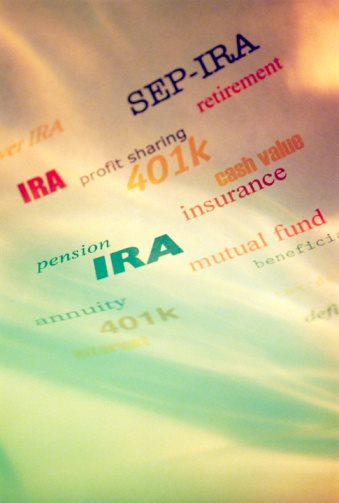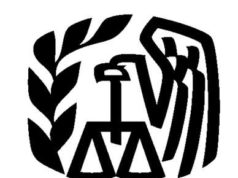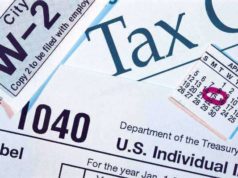
A Simplified Employee Pension IRA, or SEP IRA, is a retirement fund often used by small businesses and self-employed persons to prepare for retirement. If the SEP IRA is created by a self-employed person who does manage other employees, each person must receive the same type of IRA plan benefits.
The option for a SEP IRA must be offered by the employer of the small business or the self-employed person; an individual person within a company cannot create this type of IRA. The employer must also not offer another type of retirement plan in order to offer the SEP IRA retirement plan. This would void the employer’s eligibility to apply for the SEP forms under the Internal Revenue Code. The general requirements for an employee to receive an SEP IRA are as follows:
The employee must be at least 21 years old;
The employee must earn at least $500 per year;
and, The employee must have worked for that employer for three out of the five years prior to the SEP IRA application being filed.
This type of IRA is established through a traditional IRA in order to plan for retirement. SEP IRA contributions can then be made after the financial institution that manages the retirement funded has labeled the account as an SEP IRA.
Despite the difference in name, once funds are deposited in SEP IRAs, they are treated as a traditional IRA and are subject to the same penalties, restrictions and limitations of a traditional IRA. The SEP IRA application and labeling must occur prior to April 15th to receive SEP contributions for the past year – April 15th is the day that tax returns must be filed by.
Contributions made to a SEP IRA are up to the discretion of the employer and the employee. The employee may decide not to appropriate funds to be put into the IRA for a given year. Additionally, an employer may decide not to match a percentage of funds that have been contributed to the SEP IRA by the employee.
However, if the employer does match funds, the employer can only match up to 25 percent of the employee’s wages provided that the contributions to the SEP IRAs made for that year do not exceed a set limit of $46,000 for each employee. This limit is established by the Internal Revenue Code. Additionally, wages up to $230,000 can be considered when contributions are made to SEP IRAs.
For example, if an employee’s net income for a given year is $250,000 only $230,000 of that income can be considered when an employer makes a contribution. The employer is also restricted to a matching percentage of 25 percent. 25 percent of $230,000 is $57,500. The employer can only place $46,000 in individual SEP IRAs because of the $46,000 limit established by the Internal Revenue Service.
Any withdrawals made from the SEP IRA are subject to income taxes if withdrawn prior to the employee reaching the age of 59.5 just as with a traditional IRA. Again, this is because SEP IRAs are created through traditional IRAs. Additionally, an employee can keep the SEP IRA regardless of whether the account holder still works for the business
























